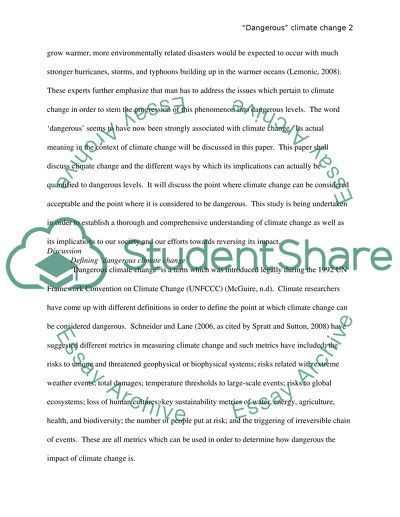Cite this document
(“Dangerous Climate Change. What Strategies Are Available To Avert The Essay”, n.d.)
Retrieved from https://studentshare.org/environmental-studies/1411638-dangerous-climate-change-what-strategies-are-available-to-avert-the-onset-of-dangerous-climate-change
Retrieved from https://studentshare.org/environmental-studies/1411638-dangerous-climate-change-what-strategies-are-available-to-avert-the-onset-of-dangerous-climate-change
(Dangerous Climate Change. What Strategies Are Available To Avert The Essay)
https://studentshare.org/environmental-studies/1411638-dangerous-climate-change-what-strategies-are-available-to-avert-the-onset-of-dangerous-climate-change.
https://studentshare.org/environmental-studies/1411638-dangerous-climate-change-what-strategies-are-available-to-avert-the-onset-of-dangerous-climate-change.
“Dangerous Climate Change. What Strategies Are Available To Avert The Essay”, n.d. https://studentshare.org/environmental-studies/1411638-dangerous-climate-change-what-strategies-are-available-to-avert-the-onset-of-dangerous-climate-change.


